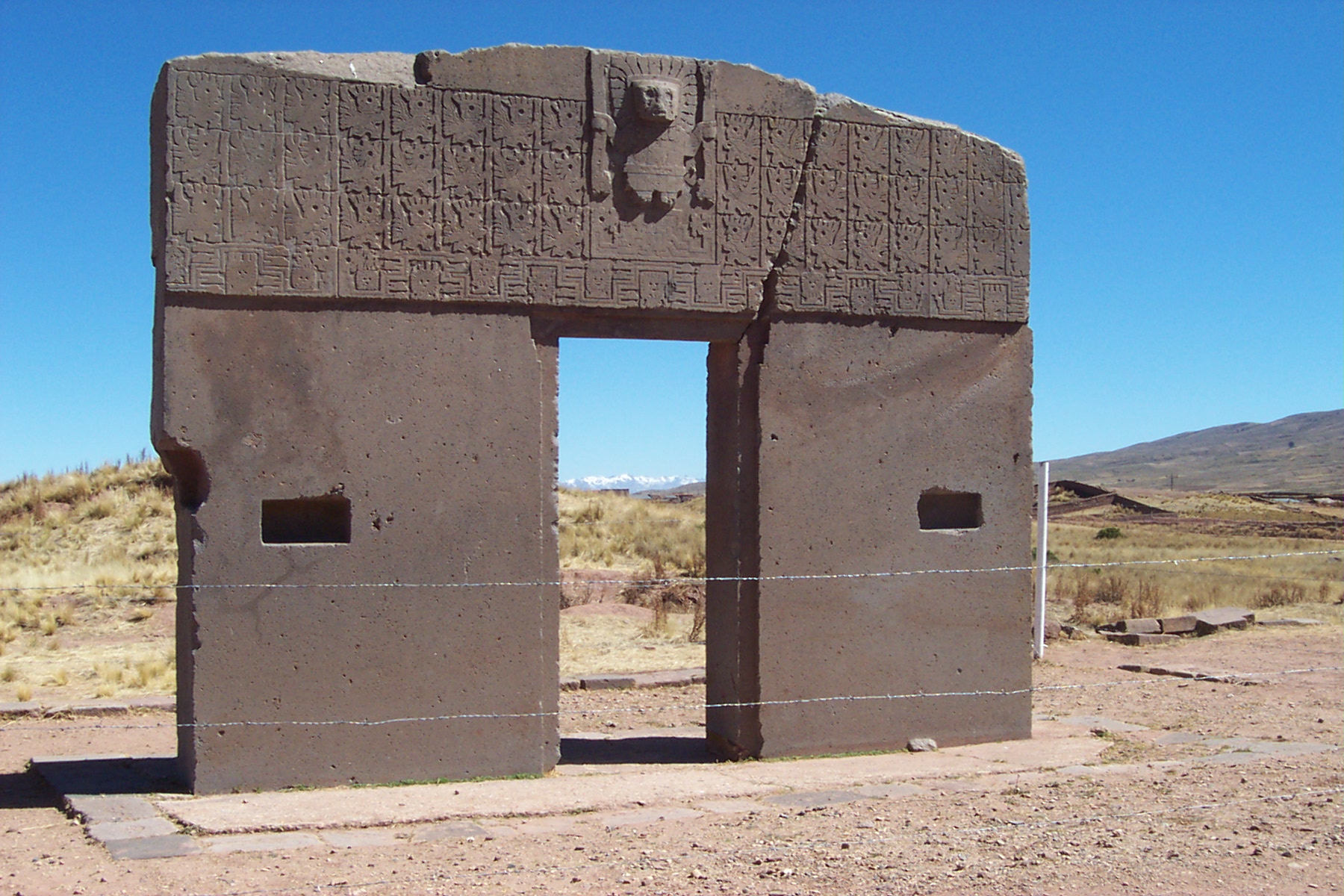Isla Del Sol at Lake Titicaca in Bolivia is said to be the location where the sun and moon were born. There are 180 archaeological ruins on the island, all of which have a story and quite a history.
Where Is Isla Del Sol?
Isla Del Sol is located in Lake Titicaca in the Altiplano region of Bolivia and lies close to 12,506 feet above sea level. The island is divided into three parts, with Yumani in the south, Ch’alla in the east, and Challapampa in the north. Isla Del Sol measures 5.5 square miles and takes close to three hours to cross on foot. There’s no cars for transport.Who Lives on Isla Del Sol?
The indigenous Ayamara inhabit the island, living in thatched adobe huts and make a living farming sheep, growing maize on the steep terraces, and fishing. Consequently, they also bring in a substantial amount of money from tourists visiting the ruins and Inca architecture.Archaeology At Isla Del Sol
The ruins at Isla Del Sol date to the 15th century, however archaeologists believe the island was inhabited long before this time, around 3000 B.C.E.Titiqala Caves
The sun and moon were said to have emerged at the Titiqala Caves. En espanol (El sitio del período del inca de Titiqala está situado en el área sagrada inmediata de la roca que, en el tiempo del inca, marcó el punto del origen del sol.)The cave is composed of a light yellowish brown rather hard sandstone of carconiferous age, with a slaty cleavage. The back of the ridge is convex, and is easily climbed. From it the ground falls rapidly to the lake, about three hundred feet below. Except for what may possibly be an artificial incision at the top, the rock appears to be entirely in its natural state, the cave-like hollow at its base showing no sign of man’s handiwork. Neither does any existing building attached to it. There’s evidence of walls once enclosing the front of the cave, particularity on the north side.
Yumani

Yumani is the site of the Inca Steps consisting on 206 steps rising 164 feet and leading tourists and inhabitants to three sacred springs, legend to be the Fountain of Youth.
Chinkana Labyrinth At Challapampa


The Laberinto Chincana is a stone labyrinth complex at Challapampa and is believed to be a seminary for Incan priests. This two story mystery has small rooms and narrow passageways. There’s no evidence this was a place of worship, however there are quarters suited for religious rites.
Ancient Path

The ancient path located on the ridge line of Lake Titicaca, Bolivia bears the footprints of the sun and moon and runs clear across the island.
The Significance of Isla Del Sol
The Ayamara call the island Titi’kaka, stemming from the word titi (puma) and kaka (rock), because the island is shaped like a puma hunting a rabbit. The Sacred Rock has several creation stories including once such myth:The ancient people of the province were without light in the sky for many days and grew frightened of the darkness. Finally, the people saw the Sun emerge from the crag and believed it was the Sun's dwelling place. In another version related by Cobo, others believed the crag was dedicated to the Sun because it hid under the crag during a great Flood. Isla del Sol was the first land that appeared after the flood waters began to recede and the Sun emerged from Titikala to illuminate the sky once again.The Incas believed the sun and moon were born on the island. The sun god, Inti, instructed “the first Incas to emerge from the lake from whence they headed north to found the Inca capital city of Cuzco.”~Places to Visit Before You Die
Isla Del Sol Photography




Isla Del Sol Today
Underwater archaeological investigations conducted off the Island of the Sun from 1989-92 led to the discovery of both Inca and Tiahuanaco artifacts. These are now on display at a site museum in Challapampa.Today the economy of the island is mainly driven by tourism revenues, but subsistence agriculture and fishing are widely practiced.Resources:
Bryce, James. South America: Observations and Impressions. New Edition. Norwood, MA: Macmillan Company, 1917. Print.
"Isla Del Sol." Wikipedia. N.p., 08/08/2010. Web. 7 Nov 2010. http://en.wikipedia.org/wiki/Isla_del_Sol.
Reinhard, Johan "Underwater Archaeological Research in Lake Titicaca, Bolivia" in Ancient America: Contributions to New World Archaeology, 1992. N. Saunders (ed.), Oxford: Oxbow Books, pp. 117-143






